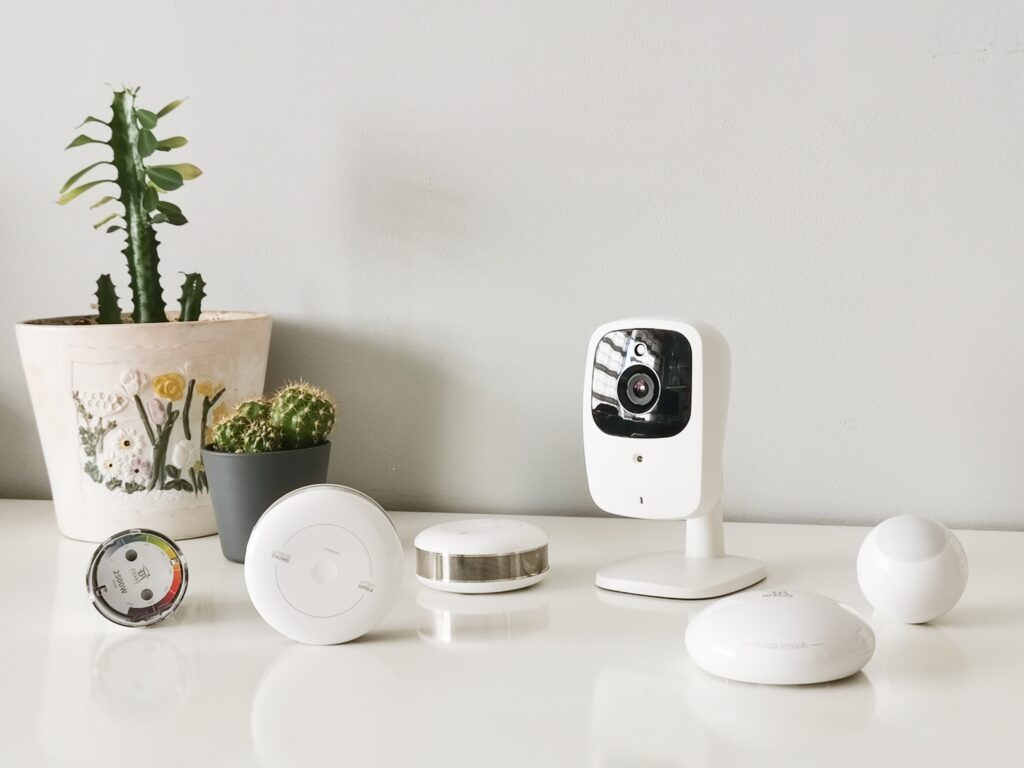These fascinating devices come with promises of convenience, control, and automation, all wrapped up in fine, modern technology. Setting these smart home gadgets happens to be anything but simple, as many people experience issues that limit their devices’ effectiveness or can interrupt their experience. Herein are some common mistakes people make while setting up smart home gadgets, and the preventive measures against them.
1. Not Planning Ahead
Why It’s a Problem
This could be understood as some people diving into smart home technologies without any plans at all. They usually buy these gadgets without quite knowing how each of them will fit together to meet their needs. This could either lead to a disjointed ecosystem or might waste money on devices that do not fit in your view for a smart home.
Solution
Start by outlining your goals. Ask yourself:
- What areas of your home do you want to automate?
- Do you need gadgets for security, convenience, or energy efficiency?
- How many devices do you plan to connect?
Find devices that are compatible and work well together. For example, if you have an Amazon Alexa, make sure that all your devices are compatible with Alexa.
2. Overlooking Compatibility Issues
Why It’s a Problem
Often, smart home devices rely on particular ecosystems and protocols, such as Zigbee or Z-Wave. A fractured home system is brought about when devices do not interact with each other.
Solution
Adhere to a single hub (be it Google Home, Amazon Alexa, or any other) or ecosystem. Confirm compatibility with every new device you are considering adding. Check the Package and look for phrasing such as “Works With Alexa” or “Compatible With HomeKit.”
3. Ignoring Wi-Fi Requirements
Why It’s a Problem
A good and stable Wi-Fi network is required for most of the smart devices in the house. They sometimes fail to connect to your network or perform poorly while connected when the network is either overcrowded or weak.
Solution
- Assess Your Wi-Fi Coverage: Use a Wi-Fi analyzer app to identify dead zones in your home.
- Upgrade Your Router: If you’re using an outdated router, consider upgrading to a dual-band or tri-band router.
- Use Mesh Networks: For larger homes, a mesh Wi-Fi system can help distribute a strong signal evenly.
- Reduce Congestion: Assign different devices to the 2.4 GHz and 5 GHz bands to avoid overloading your network.
4. Skipping Device Updates
Why It’s a Problem
Usually, firmware upgrades are launched at regular intervals by manufacturers to amplify features or detect and rectify bugs. Without these updates, your device might become fully exposed or outdated.
Solution
It should be done as and when required. Use the app or settings menu to detect any firmware updates. Set an alert for yourself to periodically check and confirm whether the devices might have a firmware update available.
5. Using Weak Passwords
Why It’s a Problem
One of the major areas of concern for smart home devices is cyberattacks. It is not hard for hackers to reach sensitive information and take control of devices with either weak or default passwords.
Solution
- Use strong, unique passwords for each device.
- Enable two-factor authentication (2FA) when available.
- Consider using a password manager to keep track of your credentials.
6. Neglecting Smart Device Placement
Why It’s a Problem
Screwy positioning can screw the performance and functionality of slick gadgets like cameras, speakers, and thermostats. If the smart thermometer is placed so close to a window, wrong temperature readings may happen.
Solution
- Smart Speakers: Place them in central locations for better voice recognition.
- Cameras: Position them to cover key entry points without obstructions.
- Thermostats: Avoid direct sunlight or drafty areas.
- Motion Sensors: Install them at the right height and angle to maximize coverage.
7. Failing to Secure Your Network
Why It’s a Problem
An unsecured network can expose every device connected to it to possible hacking. In this way, privacy and security can be compromised.
Solution
- Secure Your Wi-Fi: Use WPA3 encryption and change the default SSID and password.
- Set Up a Guest Network: Isolate smart devices on a separate network to protect your primary devices.
- Disable Unused Features: Turn off remote access for devices if you don’t need it.
8. Overloading the Ecosystem
Why It’s a Problem
Having many devices at once can lead to problems in connection and performance.
Solution
Expand your smart home gradually. Ensure that you start with the essentials and test their advanced performance before adding more. Make sure your router and hub are capable of accommodating the additional devices as you increase your system.
9. Not Reading the Manual
Why It’s a Problem
Most of the people hurriedly try to set up their gadgets without even bothering to read the manual. As a result, they would lose out on features and wrongly set up the gadgets.
Solution
Consult the manual or set-up guide for each device. Special attention should also be paid to troubleshooting tips, advanced features, and best practices for optimum use.
10. Underestimating Privacy Concerns
Why It’s a Problem
Notable smart home appliances do collect a lot of data from their users. Privacy risk is possible. Disregarding privacy settings would mean unnecessary sharing or collection of data.
Solution
- Review the privacy policies of each device.
- Adjust permissions and data-sharing settings in the app.
- Disable features like audio recording or location tracking if they’re not needed.
11. Forgetting About Power Outages
Why It’s a Problem
The Wi-Fi and power-dependent smart gadgets will become useless during the electrical outage, which can turn the automation systems and the security systems upside down.
Solution
- Invest in uninterruptible power supplies (UPS) for critical devices like routers and hubs.
- Use devices with battery backup, such as smart locks or security cameras.
12. Overlooking the Importance of Testing
Why It’s a Problem
However, users’ assumptions regarding the perfect functioning of a smart device without testing its functionality eventually lead them to discover defects or underperformance later.
Solution
Test each device after setup. For example:
- Check if smart lights respond to voice commands.
- Ensure cameras record and store footage correctly.
- Confirm that motion sensors trigger the appropriate automation.
13. Neglecting Family or Guest Integration
Why It’s a Problem
Installing the smart device setup would be hard if the concerned people do not know how to use smart devices or are not willing to learn.
Solution
- Provide a brief tutorial for family members.
- Use apps that allow for multiple user profiles with varying access levels.
- Set up guest access for visitors to control specific devices, like smart lights or thermostats, without compromising your main settings.
14. Relying Too Heavily on Automation
Why It’s a Problem
Over-automating can be disappointing if your automations are too complicated or fail very often. An example of this would be overly complex routines failing to activate at the wrong times.
Solution
Keep automations simple and practical. Start with basic routines and expand as you gain experience. For instance:
- Set lights to turn on at sunset.
- Schedule the thermostat to lower temperatures at night.
- Avoid stacking multiple triggers for a single action.
Conclusion
There might be excessive comfort, security, and even efficiency within your living room by installing smart gadget devices. You need to be mindful of this installation process so that you can plug the necessary smart home devices into the system. With that done, you could make the house more efficient and create a seamless smart home ecosystem while averting some common mistakes and thereby following the correcting solutions given. In addition, planning will avoid any possibly wasteful workflow later on!



